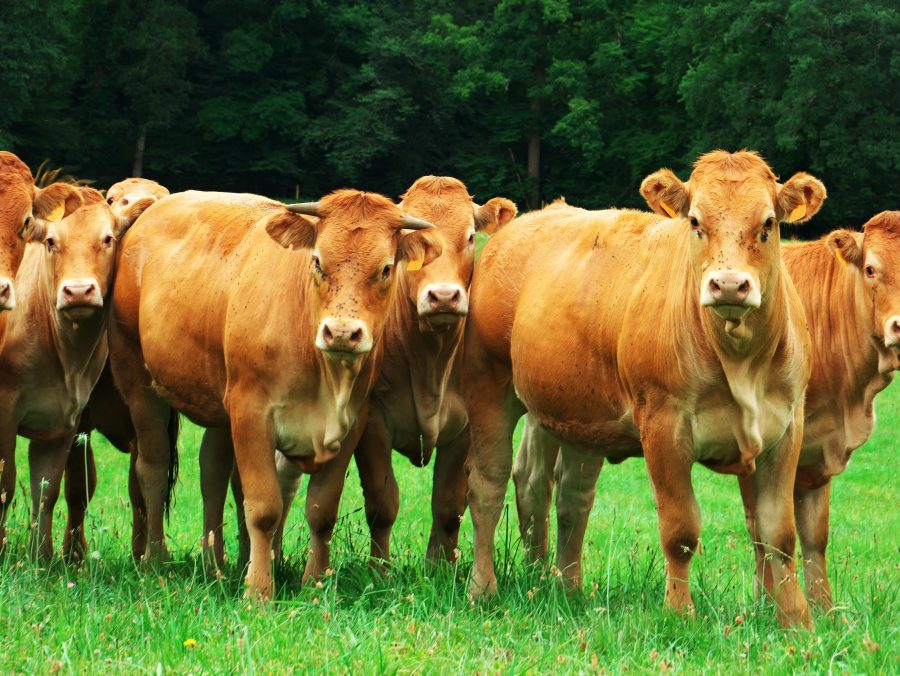The Animal and Plant Health Agency (APHA) reports a single cow has tested positive for bluetongue serotype 3 on a premises near Canterbury, Kent, following routine bluetongue surveillance.
A 10km Temporary Control Zone has been put in place to minimise spread of disease while further investigations are carried out to determine if there has been any local spread.
A number of different types (serotypes) of bluetongue are currently circulating in Europe including:
- BTV-3
- BTV-4
- BTV-8
BTV-3 is a new strain of the viral disease, transmitted by biting midges, which affects all ruminants (e.g. sheep, cattle, goats and deer) and camelids (e.g. llamas and alpacas).
Commenting on the BTV-3 outbreak in Europe, Dr Joseph Henry, president of the Sheep Veterinary Society, said: “What we are advising is three-fold. Farmers and smallholders need to beware when buying animals in, especially from Europe, take action to report any signs of the disease, and at all times, remain vigilant.”
“The existing BTV-8 serotype vaccine will not offer cross-protection against this new BTV-3 strain, making any likely outbreak difficult to control. Hence why it’s so important that we follow the advice to take action and prioritise good biosecurity measures while remaining extremely vigilant to the disease at this stage.”
Dr Henry adds: “It remains extremely difficult to protect against midges and a vector borne disease. However, there is always a role for good biosecurity and insecticides, but it’s important to differentiate between products licensed for use on animals, and those designed for use on building and vehicles.”
Symptoms of BTV-3 can vary across ruminants, with sheep generally exhibiting more overt symptoms than cattle, but both can showcase clinical signs.These include in sheep: drooling, mouth lesions, high fever, lameness and oedema (swollen heads) and sudden death. Cattle are not usually as severely affected but may show similar clinical signs as well as teat, eye, coronary band and nose lesions.
In the UK, bluetongue, including BTV-3, is a notifiable disease, so anyone suspecting the disease must take action and report it to the APHA.
The APHA advises that livestock keepers must remain vigilant and follow the restrictions on animal movements.
More information, including how to spot and report the disease is available on GOV.UK: www.gov.uk/guidance/bluetongue
Definitive requirements are set out in the published declarations for each disease control zone currently in force. More information is available on GOV.UK.
You can also check if specific areas are in a zone by using the following interactive map.
More news like this can be found in The Country Smallholder magazine. Subscribe here.
For FREE updates from the world of smallholding, sign up for The Country Smallholder newsletter here.








